How, When, And Where To See Sloths In Costa Rica (15+ Spots)
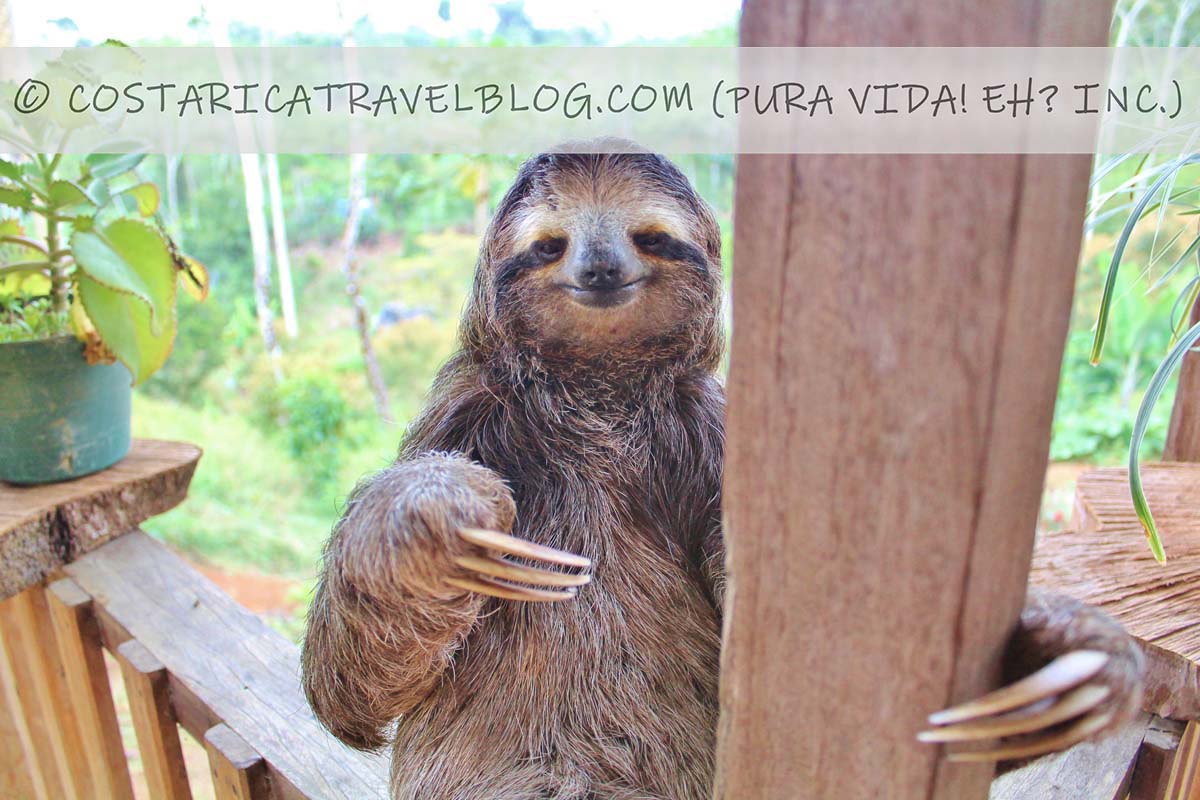
Last updated on April 4th, 2024 at 09:02 am GMT-6 (Costa Rica time)

Written by Nikki Solano
Nikki is the CEO of Pura Vida! eh? Inc. (Costa Rica Discounts), and the author of the guidebooks Moon Costa Rica (2019, 2021, 2023, and 2025 editions) and Moon Best of Costa Rica (2022 edition) from Moon Travel Guides. Together with her Costa Rican husband, Ricky, she operates the Costa Rica Travel Blog, created the online community DIY Costa Rica, built the Costa Rica Destination Tool, oversees the brand-new (summer 2023) Costa Rica Travel Shop, and designed the Costa Rica Trip Planning 101 E-Course. Also, Nikki wrote the Costa Rica cover feature for Wanderlust Magazine's sustainability-focused Travel Green List issue, showcased Costa Rica destinations and experiences on Rick Steves' Monday Night Travel show and podcast/radio show, and served as the Costa Rica Destination Editor for Essentialist, a luxury travel brand. Want to show your appreciation for her free article below? Thank Nikki here. ❤️️
WANT TO SAVE MONEY IN COSTA RICA?
Our sister site, Pura Vida! eh? Inc., has discounts for Costa Rica tours and activities. Con mucho gusto (you’re welcome) and pura vida!
🙂

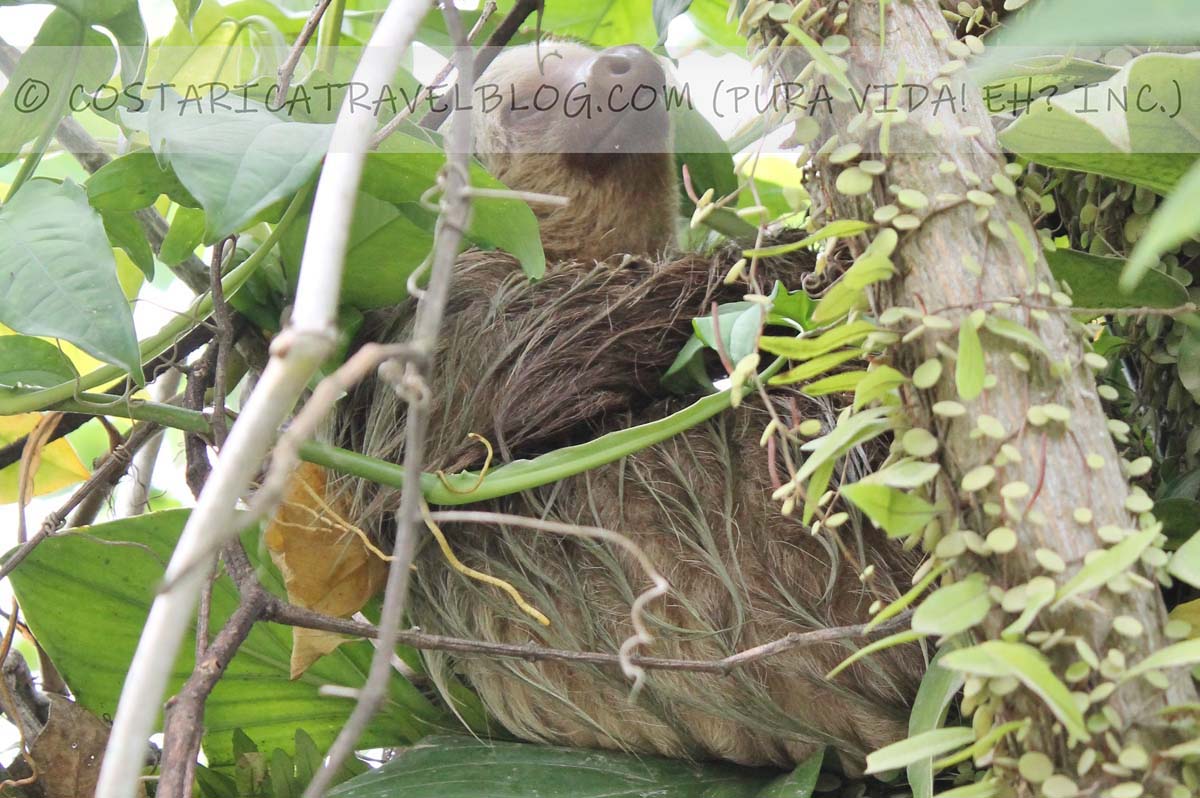
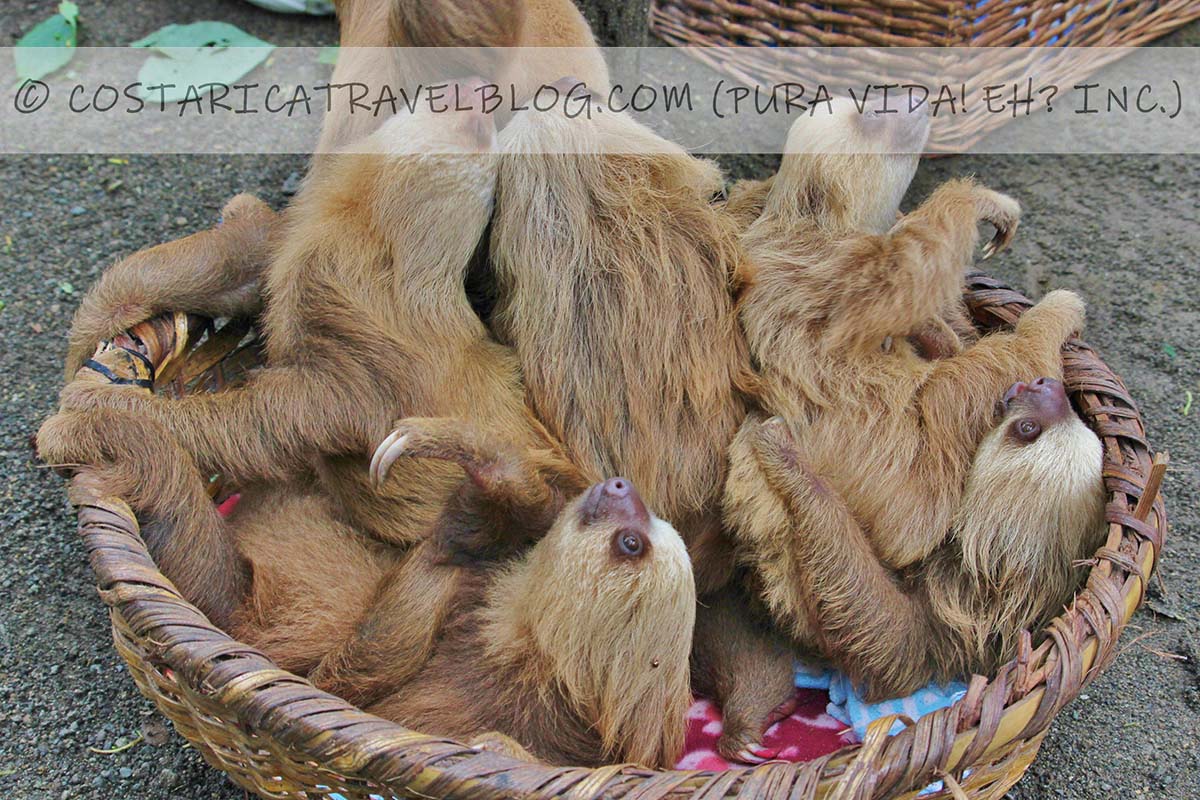
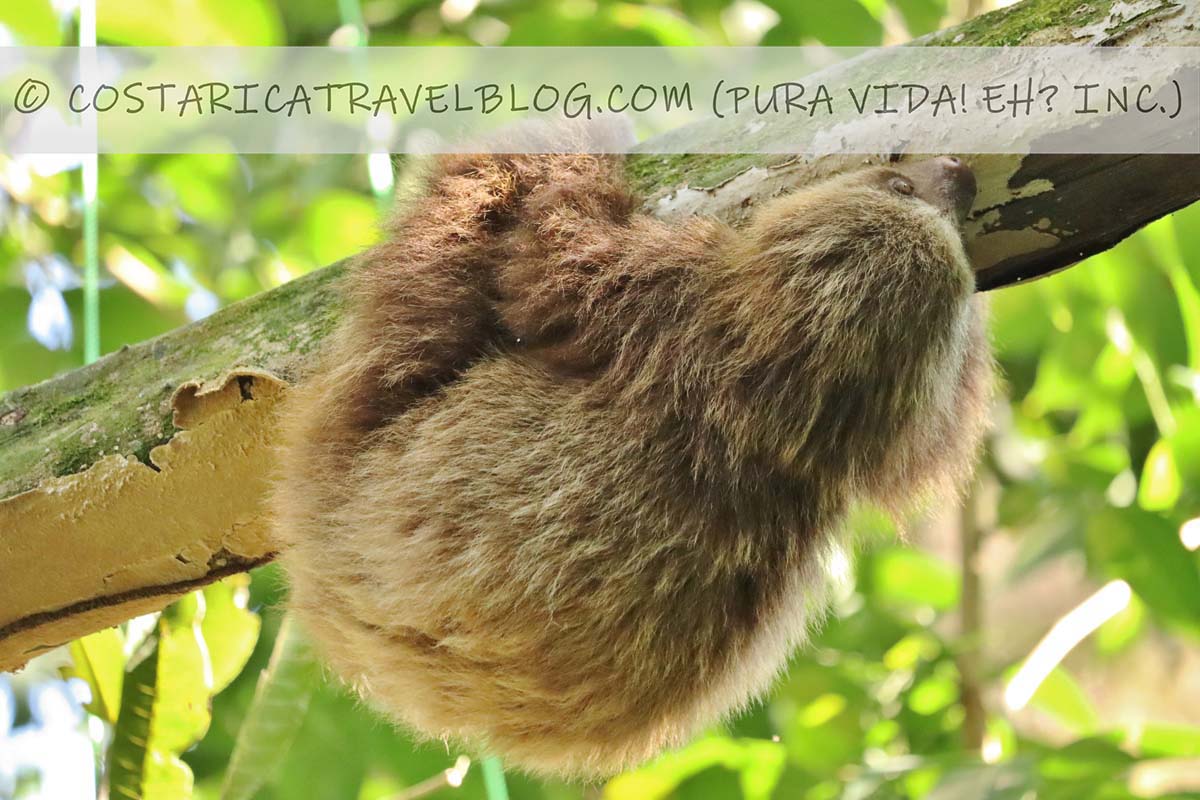
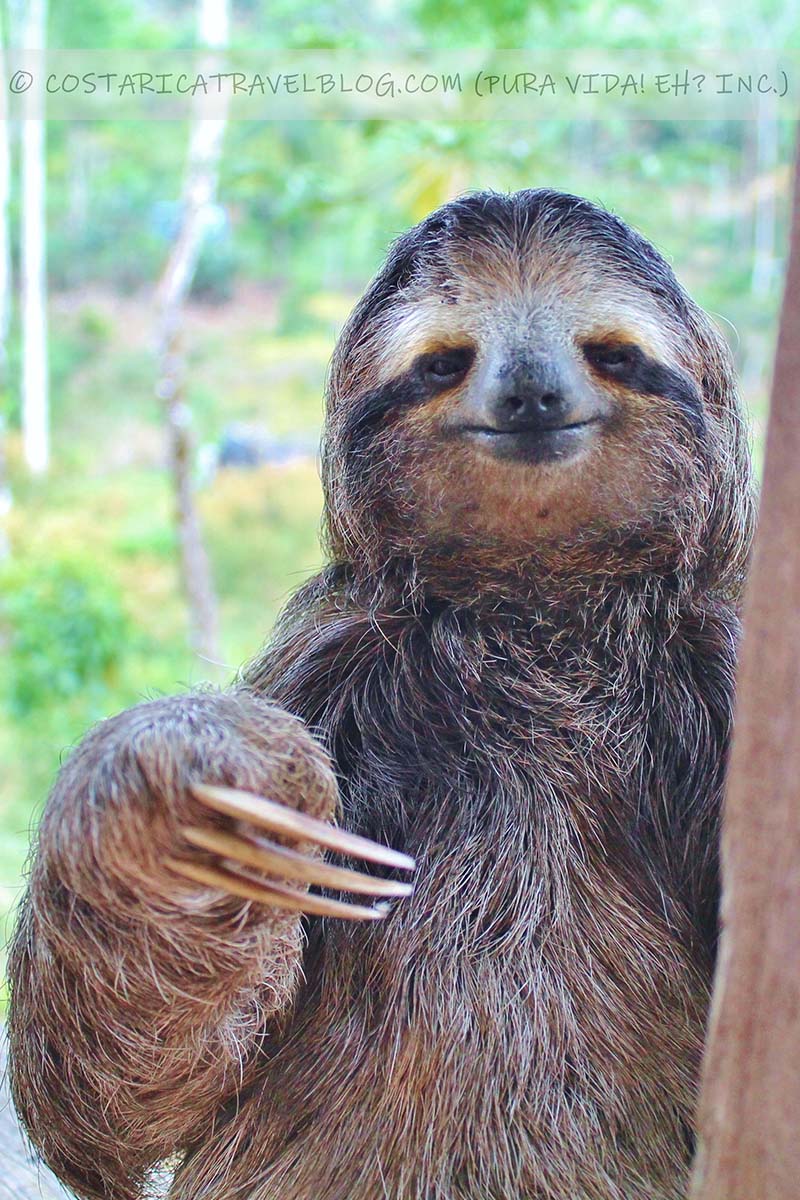


Get the Costa Rica info you need by browsing our article's TABLE OF CONTENTS:
- Want to see a sloth? Come to Costa Rica!
- Where to see sloths in Costa Rica
- Where to see sloths around La Fortuna and Monteverde
- Where to see sloths in the Caribbean region
- Where to see sloths along the central Pacific coast
- Where to see sloths on the Osa Peninsula
- Where to see sloths around the Central Valley and Central Highlands
- Where to see sloths in Guanacaste / along the northern Pacific coast
- Map of the best places to see sloths in Costa Rica
- How to see sloths in Costa Rica
- When to see sloths in Costa Rica
- Photo gallery
Want to see a sloth? Come to Costa Rica!
Few wildlife species evoke the same swoon-like reaction from travelers, especially young travelers, as sloths. Though strange-looking, the sloths in Costa Rica are easy to love: they snuggle up to trees, they look darn cute when they eat, and, as evidenced by the photo of the three-toed sloth above who surprised us in our backyard one day, they know how to smile for a camera.
If you’re dying to see a sloth in real life, perhaps even up close, come to Costa Rica. Sloth sightings are common here; you just need to know how, when, and where to look for them. We can help. Continue reading below to discover where you should go to see a sloth in Costa Rica, how you can increase your chances of seeing a sloth in Costa Rica, and when you should travel to Costa Rica if seeing a sloth is at the top of your bucket list.
Where to see sloths in Costa Rica
If you dream of seeing a sloth in Costa Rica, you’re in luck. Sloths reside all over the country; you don’t need to travel to a specific region to spot one.
This being said, there are areas of Costa Rica that have higher concentrations of sloths, including the Caribbean region, the central Pacific region, and the Osa Peninsula. If you travel to one of these areas, you’ll have a greater chance of seeing a sloth in the wild.
Though less authentic, a surefire way to see sloths in Costa Rica is to visit a wildlife rescue center. Wildlife rescue centers work to rehabilitate Costa Rican wildlife and return ill or injured species to the wild when it’s safe to do so. Some wildlife rescue centers in Costa Rica have areas devoted to sloths; they’re sometimes called sloth sanctuaries.
Below is a compiled list of sites and attractions (namely Costa Rican national parks, reserves, and refuges or wildlife rescue centers), organized by region, where sloth sightings are common. To increase your chances of seeing a sloth in any of the national parks, reserves, or refuges listed below, we recommend touring the place with a trained guide (to learn more about guided tours, don’t miss our related blog post: Costa Rica Guided Tours: Are They Necessary, Valuable, And/Or Worthwhile?). With respect to wildlife rescue centers, you’re welcome to visit any of the centers listed below (an advance reservation is typically required) to learn more about the sloths and the work that goes into caring for the species.
Where to see sloths around La Fortuna and Monteverde
National parks, reserves, and refuges
- Arenal Volcano National Park: This national park, at the base of the Arenal Volcano, is located less than a half-hour drive from downtown La Fortuna. To learn more about the Arenal Volcano National Park, please see our related blog post Why You Should (And Shouldn’t) Visit The Arenal Volcano National Park.
Wildlife rescue centers
- Proyecto Asis Wildlife and Sloth Rescue Center: This rescue center, about a half-hour drive outside of La Fortuna, runs sloth sanctuary tours through an area that’s only for sloths. It also offers volunteering opportunities.
- Selvatura Park’s Sloth Habitat: This popular attraction, only a 15-minute drive outside of Santa Elena (downtown Monteverde), runs sloth sanctuary tours through an area that’s only for sloths. To learn more about the Selvatura Park’s Sloth Habitat, please see our related blog post Selvatura Park Monteverde: Zip-lining, Hanging Bridges, A Sloth Habitat, a Butterfly Garden, and a Herpetarium In The Cloud Forest.
- The Springs Resort & Spa’s Wildlife Sanctuary: This popular attraction, roughly 20 minutes from downtown La Fortuna, has several wildlife exhibits that will pique your interest in addition to hot springs and on-site adventure tours. To learn more about the Springs Resort’s Wildlife Sanctuary, please see our related blog post Club Rio Costa Rica Outdoor Center Review (Springs Resort).
Where to see sloths in the Caribbean region
National parks, reserves, and refuges
- Cahuita National Park: This national park, on the east side of the town of Cahuita, is easy to stroll through and parallels the beach much of the way.
- Gandoca-Manzanillo National Wildlife Refuge: This national wildlife refuge sits on the east side of the town of Manzanillo, near the border shared with Panama.
- Sarapiqui: The Caribbean region’s inland destination, Sarapiqui, also produces sloth sightings, mainly along the banks of the Sarapiqui River and at area reserves including the Tirimbina Biological Reserve.
Wildlife rescue centers
- Jaguar Rescue Center: This popular rescue center, which sits between Puerto Viejo de Talamanca and Punta Uva, has several wildlife exhibits you can tour during public hours.
Where to see sloths along the central Pacific coast
National parks, reserves, and refuges
- Manuel Antonio National Park: This popular national park, at the southernmost end of Manuel Antonio, is blessed with beautiful beaches and an abundance of sloths. To learn more about the Manuel Antonio National Park, please see our related blog post How The Manuel Antonio National Park Is Different Than Other Costa Rica National Parks.
- Carara National Park: This national park, adored by bird-watchers and an easy half-hour drive from Jaco, also delivers sloth sightings along its trails, one of which is wheelchair-accessible.
Where to see sloths on the Osa Peninsula
National parks, reserves, and refuges
- Corcovado National Park: Nestled between Drake Bay and Puerto Jimenez, this popular national park, oftentimes coined Costa Rica’s crown jewel, is full of wildlife and wild jungle landscape.
Where to see sloths around the Central Valley and Central Highlands
Wildlife rescue centers
- Rescate Wildlife Rescue Center (formerly Rescate Animal ZooAve): This rescue center, just outside of Alajuela (a short drive from the SJO airport), has flat accessible trails and large fenced enclosures. To learn more about the Rescate Wildlife Rescue Center, please see our related blog post Visiting The Rescate Wildlife Rescue Center (ZooAve)—Photos And Brief (5-Minute Read): Alajuela, Costa Rica.
- La Paz Waterfall Gardens: This popular attraction, which sits a one-hour drive north of Alajuela and the SJO airport, has several wildlife exhibits you can wander around in addition to five natural waterfalls.
- Refugio Animal Costa Rica (formerly Refugio Herpetologico): Just up the road from the town of Santa Ana center is this small and humble rescue center.
- Turrialba: 60 kilometers east of the capital (San Jose), sloths are commonly spotted on the outskirts of the city of Turrialba, mainly along the banks of the Pacuare River and at area attractions including the Guayabo National Monument.
Where to see sloths in Guanacaste / along the northern Pacific coast
Wildlife rescue centers
- Diamante Eco Adventure Park: This popular rescue center overlooking Playa Matapalo (roughly a half-hour drive from Playas del Coco), has several wildlife exhibits you can wander around when you aren’t participating in on-site adventure tours.
Map of the best places to see sloths in Costa Rica
The map below shows where each site described above is located in Costa Rica.
How to see sloths in Costa Rica
Look up!
Seeing sloths in Costa Rica is easy… if you know where to look. The trick is to look up, way up, among the treetops. Sloths are arboreal creatures (they live most of their life in trees), typically only touching the forest floor once a week when they descend from their lofty home to poop. Unless you catch a sloth in this act, you’re most likely to spot him or her around the top of a tree, if not shimmying up or down one.
Find cecropia trees
Sloths inhabit a variety of trees, so it’s possible to see them just about anywhere in the rainforest. Before you go and kink your neck from hiking with your head cocked back though, know this: sloths prefer cecropia trees. Teach yourself how to identify a cecropia tree and you’ll have a better chance of finding a sloth.
Cecropia trees are typically tall and have a thin, white trunk; long, slender, yellowish fruit that resembles string beans; and large, light-to-medium green leaves that fan out from the tree. Sometimes called “trumpet trees” in English, you may also hear cecropias referred to as guarumos by Costa Ricans who joke that the trees’ resident sloths are slow-moving as a result of guaro (sugarcane liquor) and humo (smoke). Here are some photos of cecropia trees to help you identify their bark and leaves from different distances and angles:
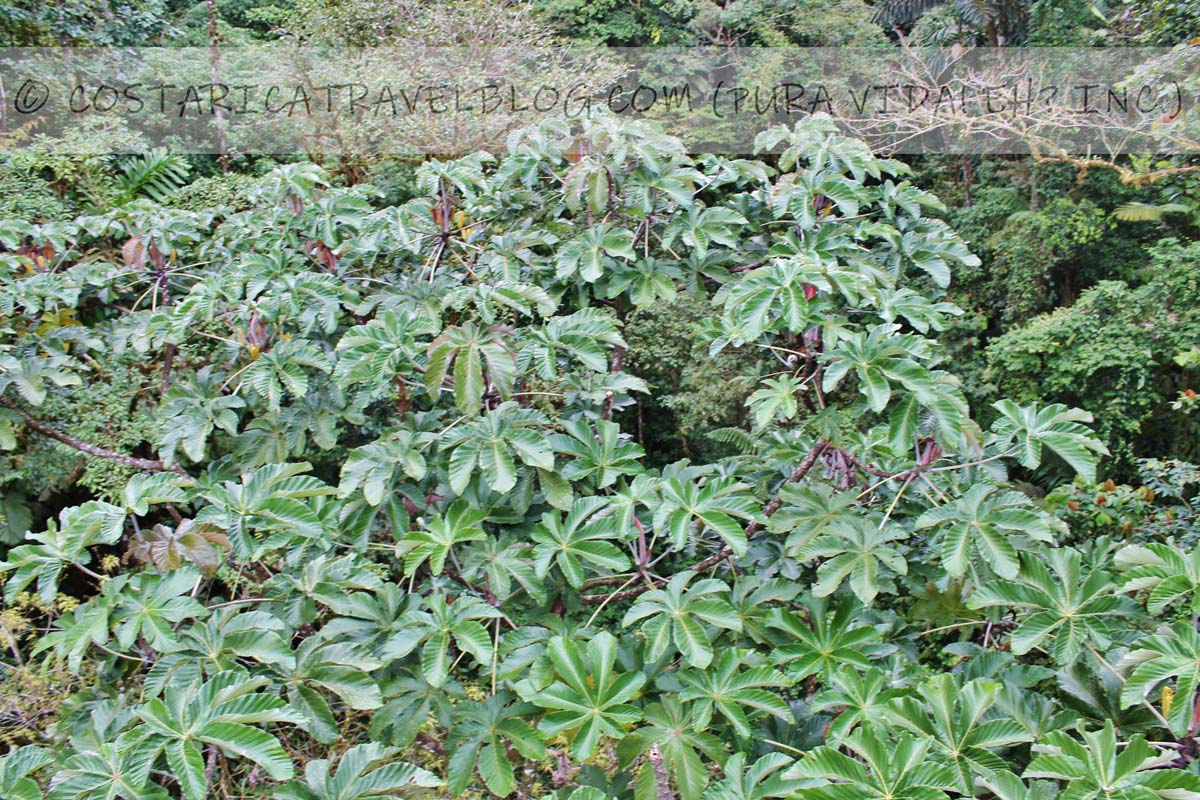

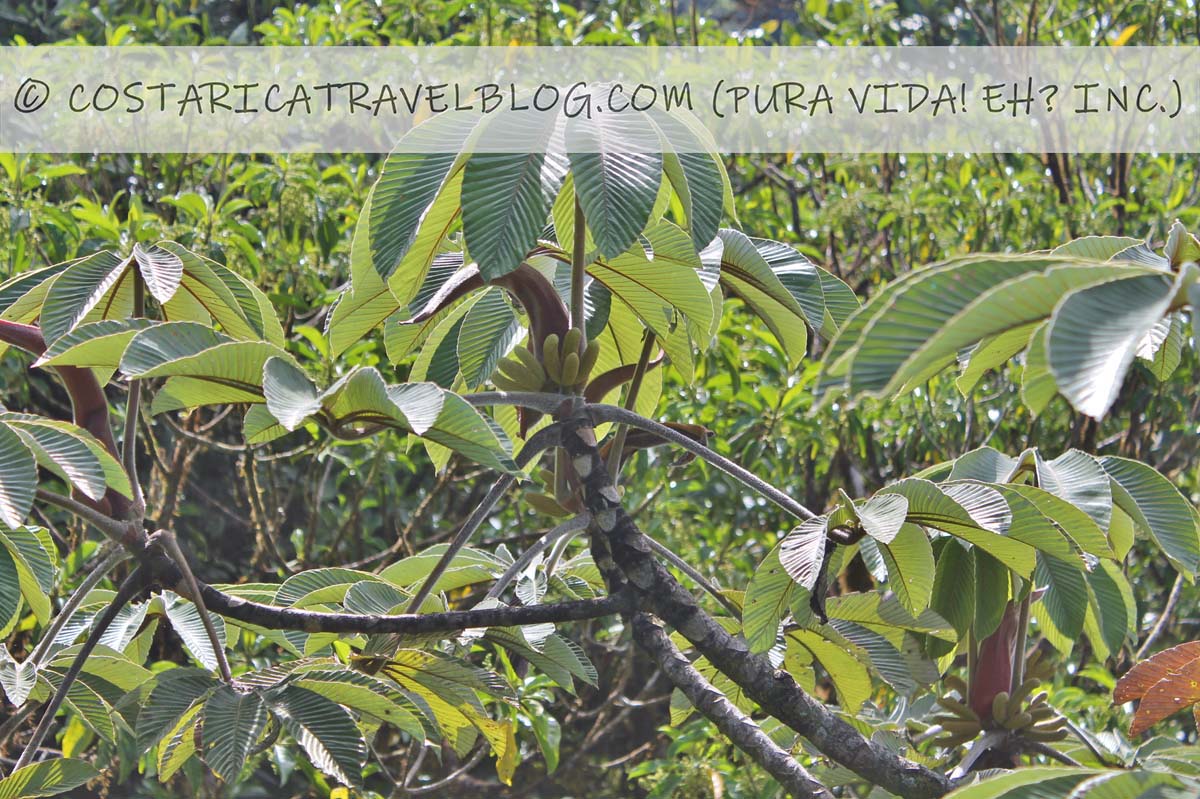
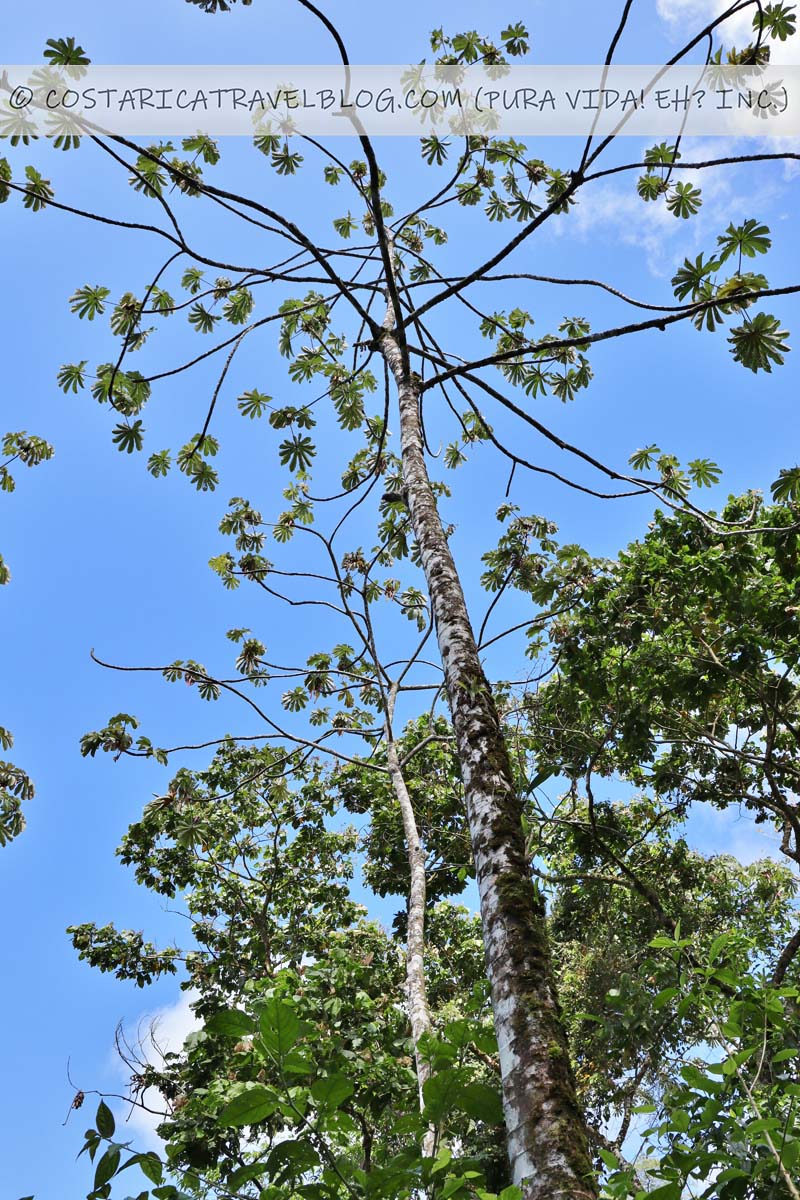

Explore with a guide
Because sloths live somewhat predictable lives—eating, sleeping, resting, and mating among the treetops, and only occasionally visiting the forest floor—oftentimes locals know exactly where to find them. In particular, tour guides, who sometimes traverse the same nature trails several times each day or week, are partial to this information. Choose to tour a national park, biological reserve, or wildlife refuge alongside a knowledgeable tour guide and he or she may lead you directly to a sloth. For more information about guided tours in Costa Rica, don’t miss our related blog post: Costa Rica Guided Tours: Are They Necessary, Valuable, And/Or Worthwhile?
Know what you’re looking for
Regardless of whether you opt to tour Costa Rica with a guide or not, it’s important you know what to look for. Adult sloths range in size but typically average around two feet in length, excluding their long arm span and “fingers” which resemble claws. Their fur is greyish-brown and coarse-looking, and their face may have a pig-like nose, if they’re a two-toed sloth, or dark markings around the eyes like a raccoon, if they’re a three-toed sloth. Both varieties are usually seen lying across tree branches, hanging from tree branches, or curled up in a ball, typically in the crook of a tree.
Keep your eyes on the water
Did you know that sloths can swim? It’s tough to see sloths in Costa Rica taking a dip, but that does happen. Though you likely won’t spot a sloth playing in the waves that roll into Costa Rica’s two coasts, you could see one wading in calmer waters, including slow-moving rivers and canals, so keep an eye out around these ecosystems too.
When to see sloths in Costa Rica
Fortunately, sloths can be seen year-round in Costa Rica, so feel free to visit at any time. This being said, your sloth-viewing experience in Costa Rica will be determined in part by Costa Rica’s weather and tourist seasons. For example, if you decide to search for sloths in Costa Rica during the dry/summer/high season, it’s less likely that you’ll be bothered by rain, which may translate to a more enjoyable spotting experience. This being said, fewer travelers descend upon Costa Rica during the wet/green/winter/low season and wildlife-spotting opportunities tend to be optimal when fewer people are around; traveling during this period may produce more sloth sightings. For more information about Costa Rica’s various seasons, including the pros and cons of visiting during each, don’t miss our related blog post: When To Go To Costa Rica According To Cost, Weather, Wildlife And More!
Photo gallery
Unlike some other bloggers, we write about things we have firsthand experience with. To help prove this point (though we haven’t always been diligent about taking photos at each and every place we have explored), here’s a photo gallery that shows a few of our visits to most of the sites discussed above. To those of you who choose to read our Costa Rica Travel Blog, thank you for your preference and for supporting our earned, authentic, valuable content.
🙂
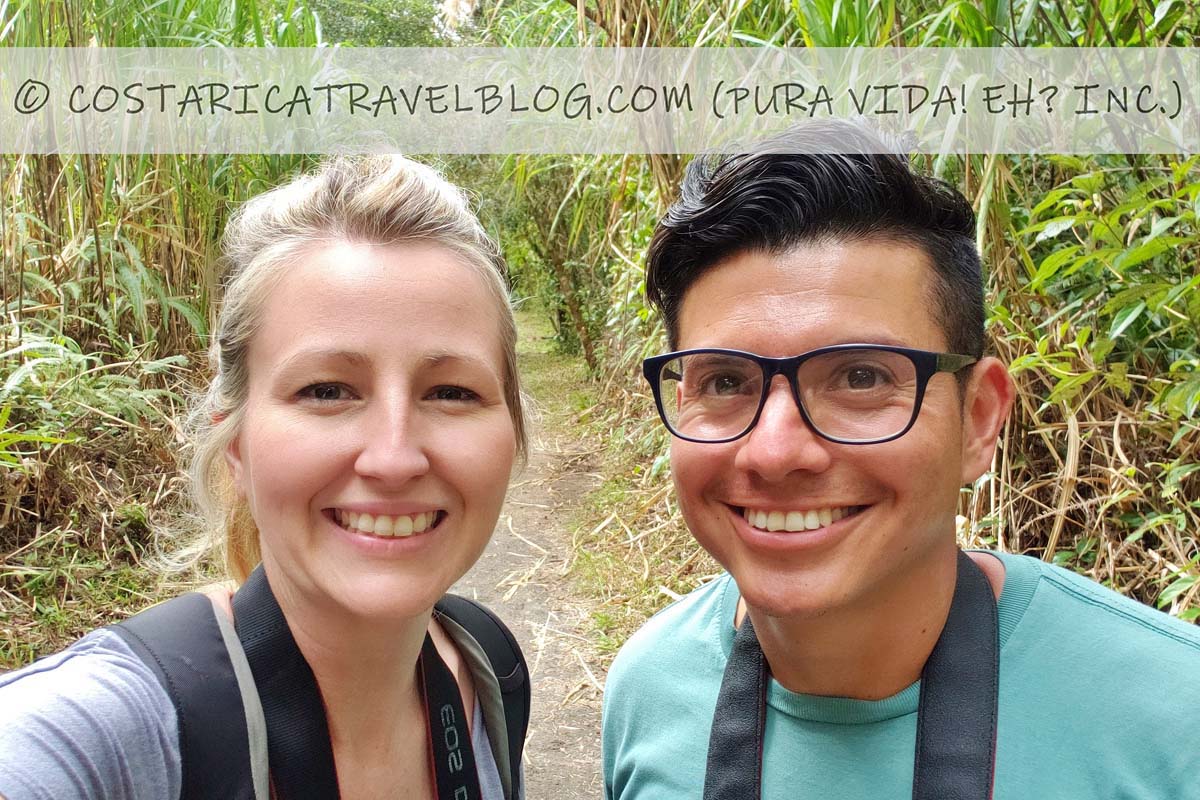
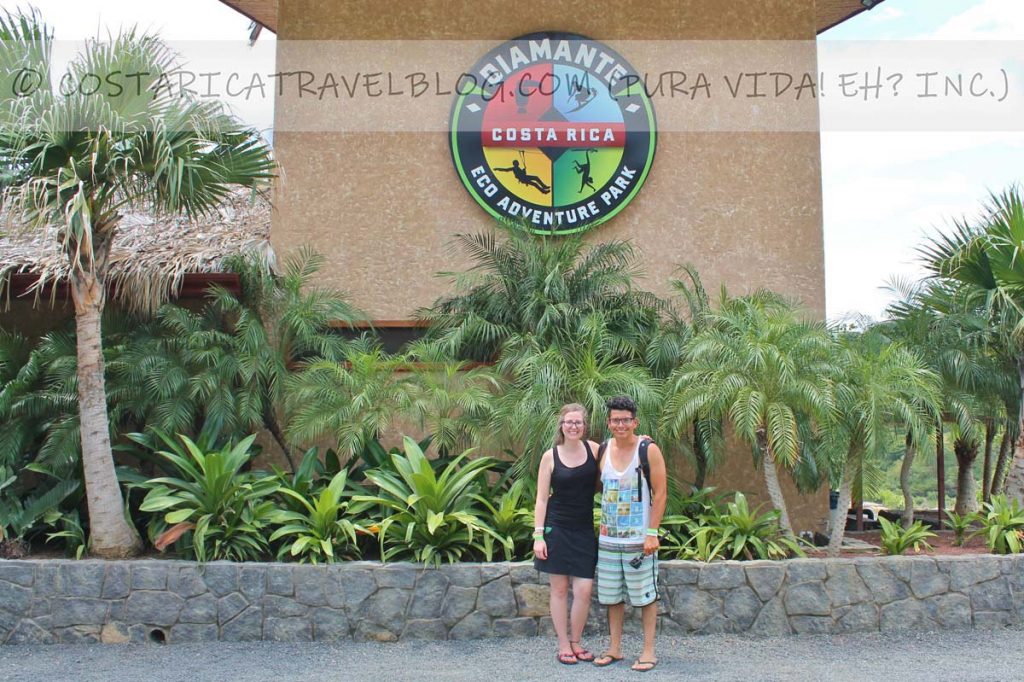
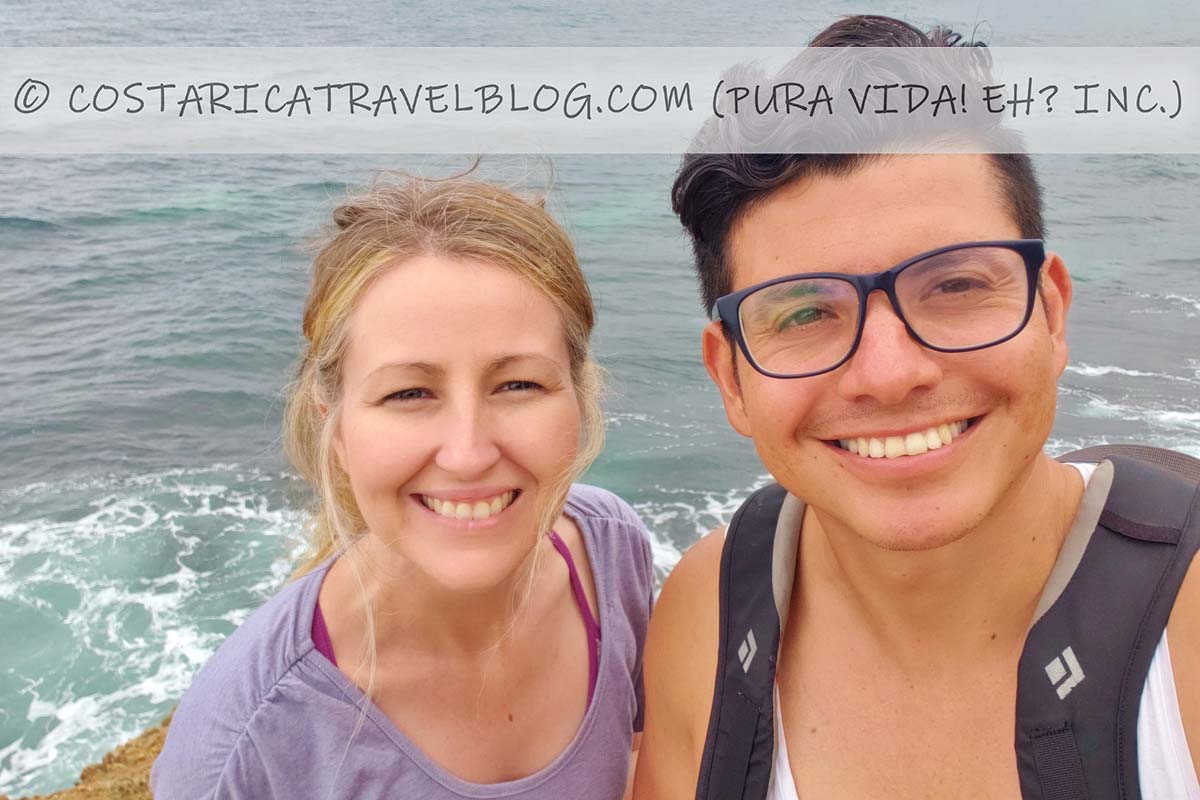

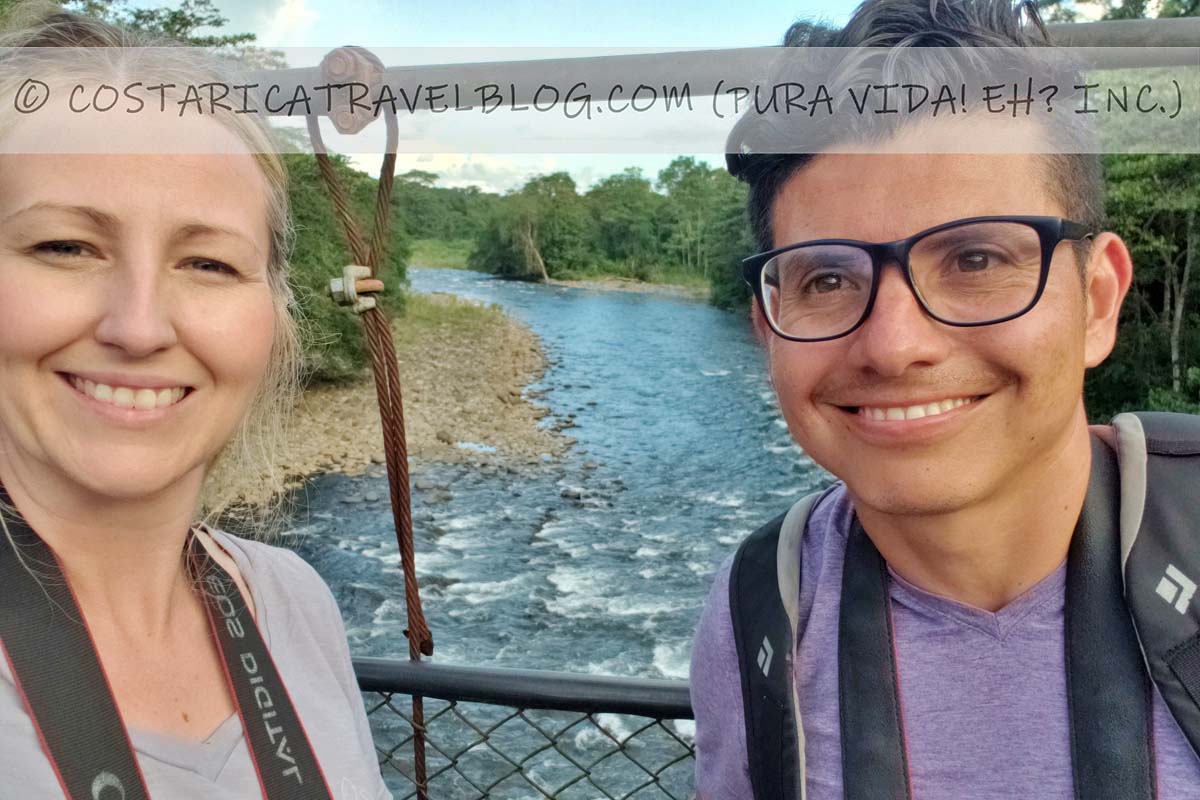
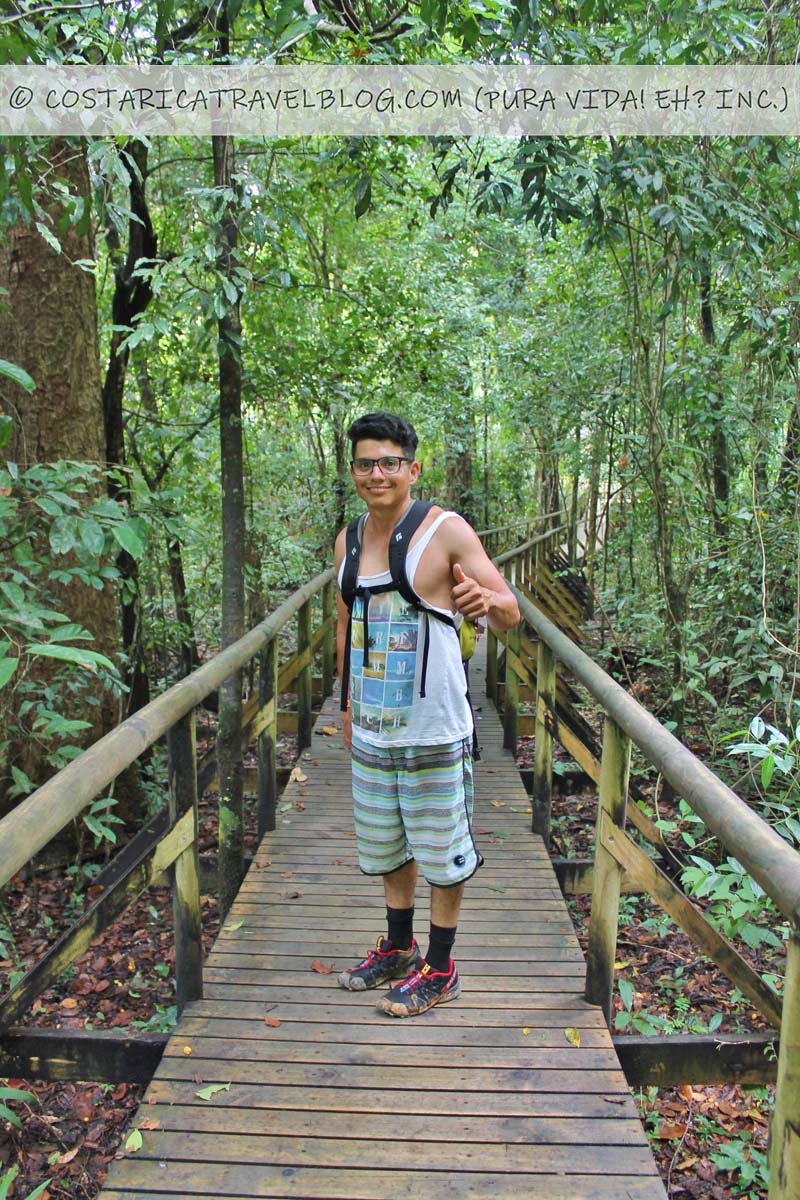
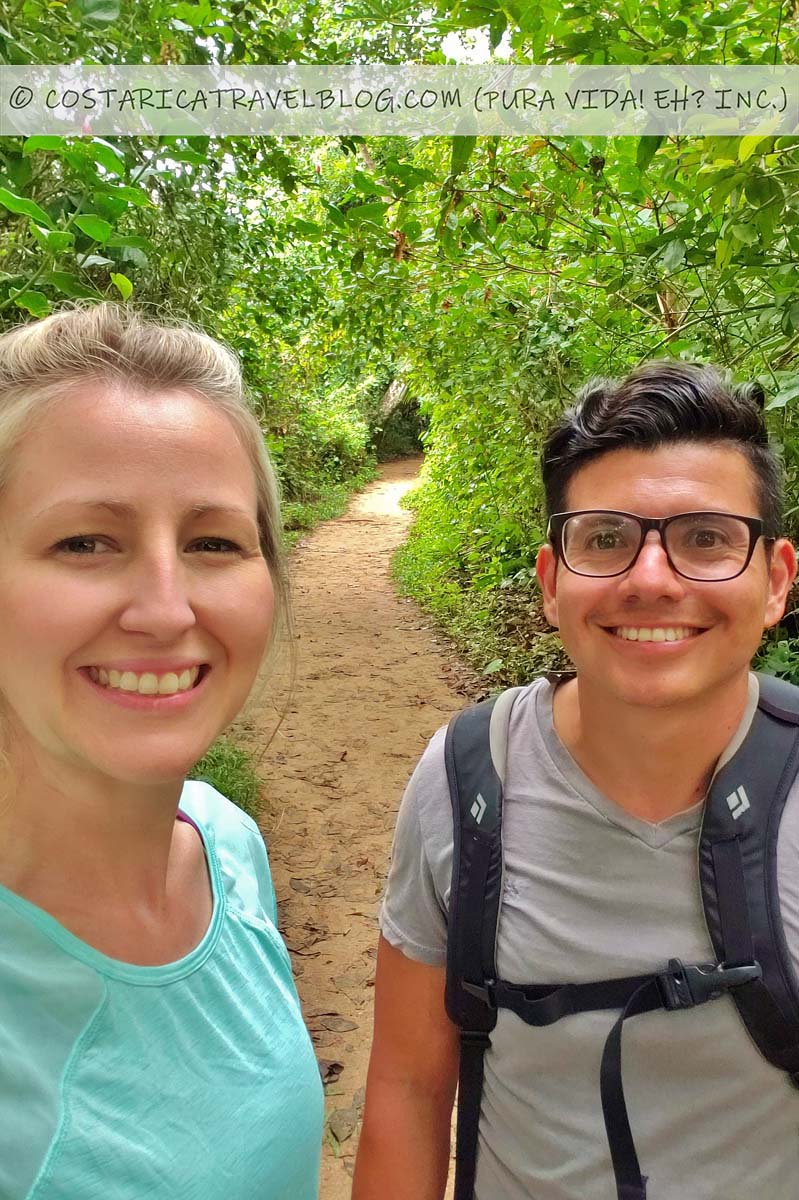
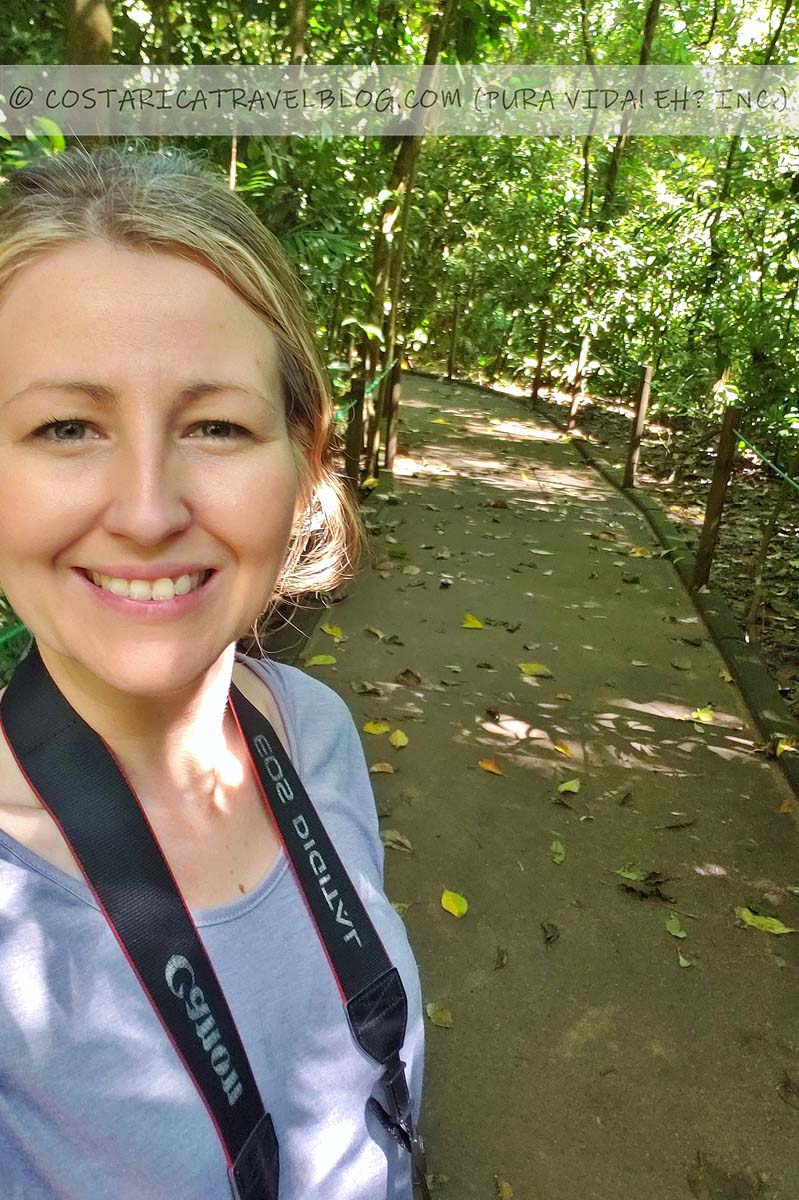
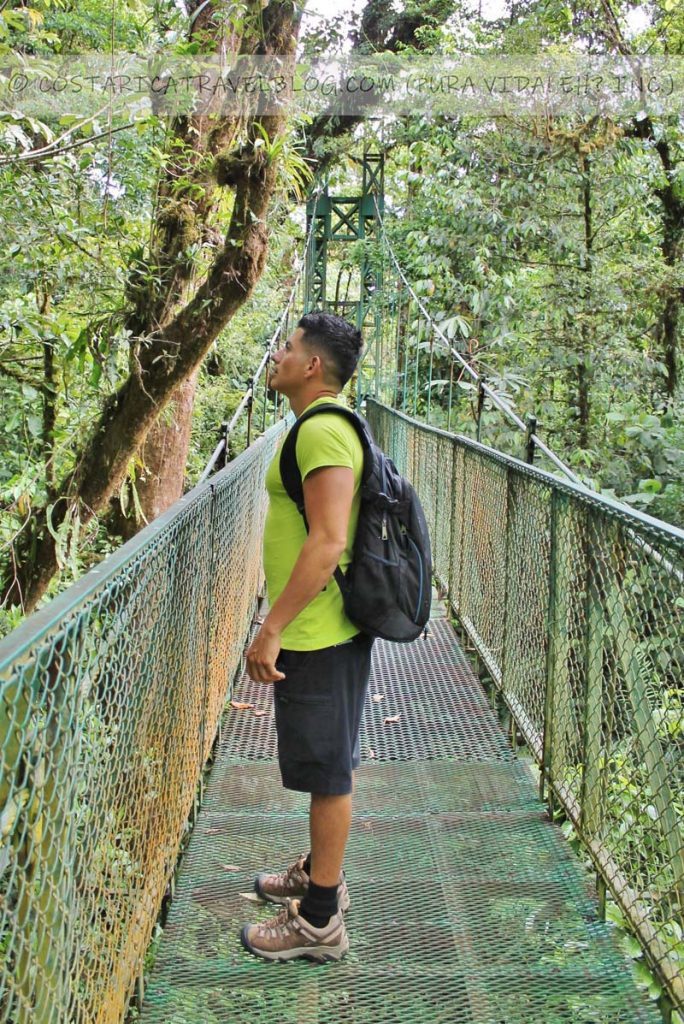

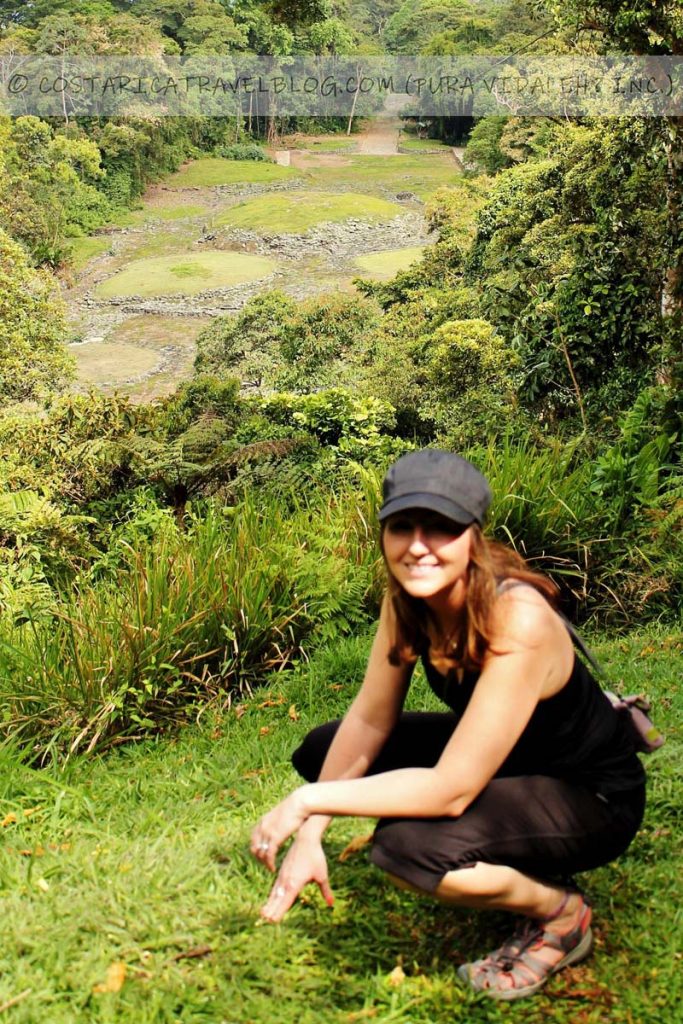
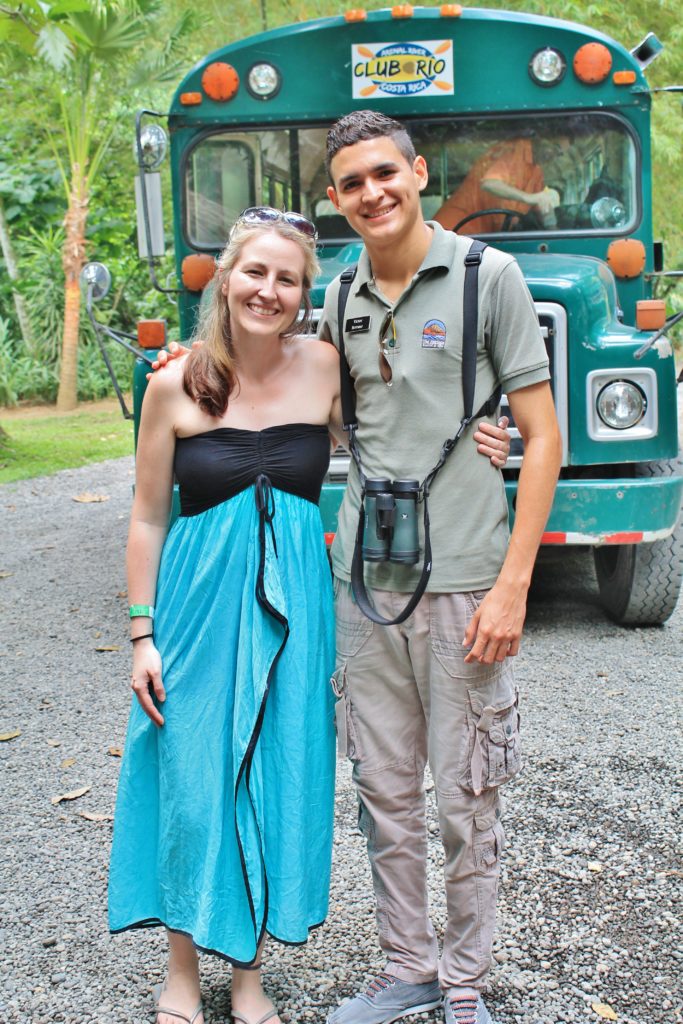



QUESTION TO COMMENT ON: Where have you seen sloths in Costa Rica?
Pura vida!

Hey, Costa Rica Travel Blog reader, thank you for visiting and reading our blog! We're truly grateful for your time and preference.
Do you know that your spam-free reading experience is most important to us? Unlike some other Costa Rica blogs, we do not to sell your personal information, and we choose not to display ads, sponsored content, or affiliate marketing on our blog so we can keep your visit as distraction- and junk-free as possible. Because we prioritize your privacy, we don't earn money when you visit us, when you sign up for our e-course, or when you click on our links, which means the time and work we put into this blog—including its 300+ articles—is entirely voluntary! If you find our content valuable, and you'd like to thank us for making the trip-planning process easier and your Costa Rica vacation more enjoyable, please consider making a small donation ($1, $2, $3, or an amount of your choosing) to our blog. Doing so is a great way to pat us on the back if you feel we deserve it. 😊 Pura vida, amigos!
Click on the button above to donate through PayPal. (If you cannot see the PayPal button above, click here.) A PayPal account is not required to make a donation; credit and debit cards are also accepted. PayPal donations are confidential; we never see your payment details.
Love our blog? Check out our other Costa Rica-related projects, too:

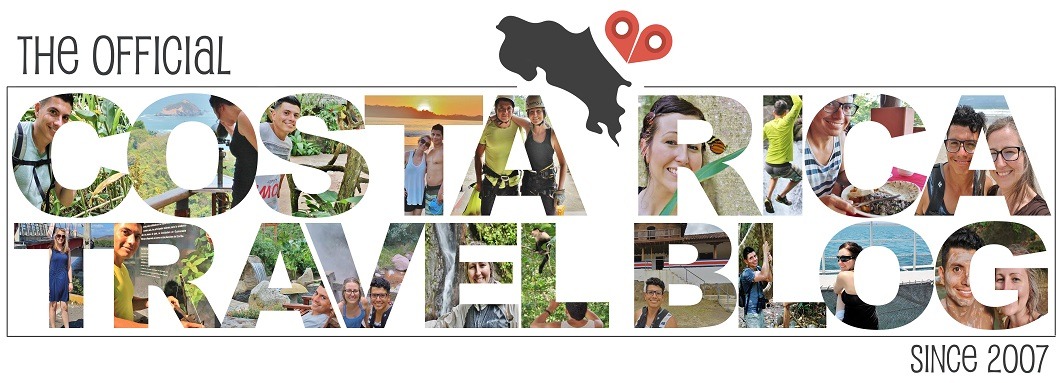

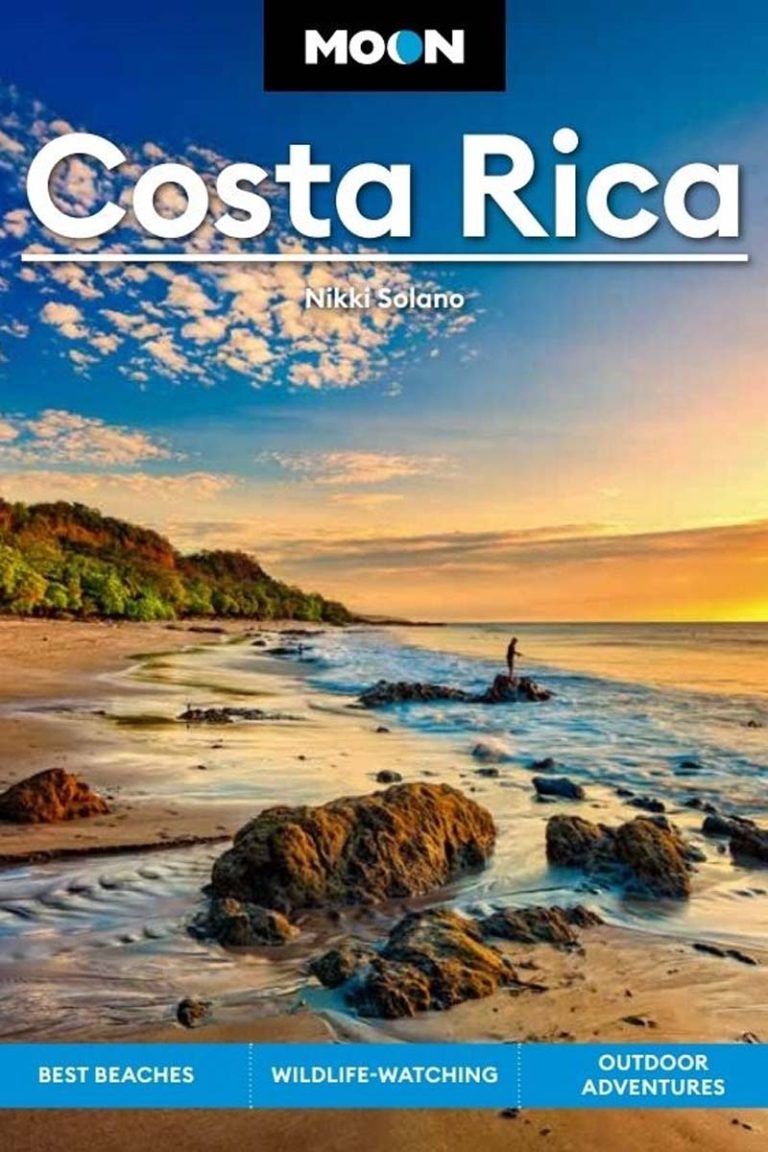
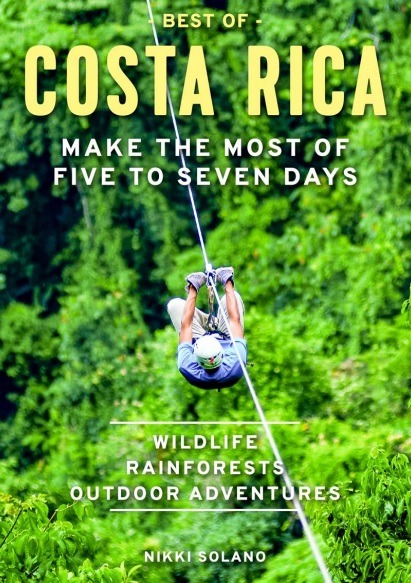

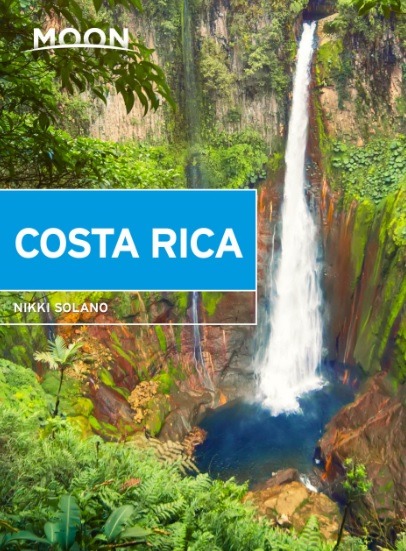











Tagged: sloth, sloths